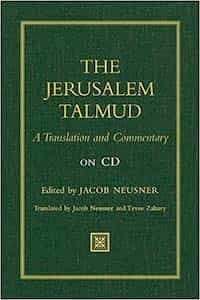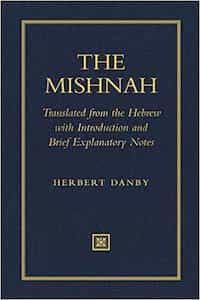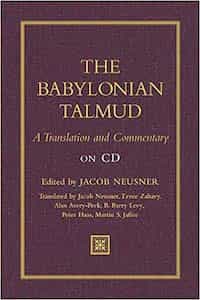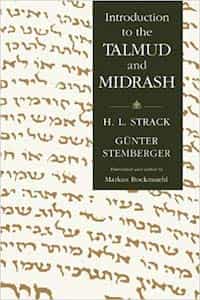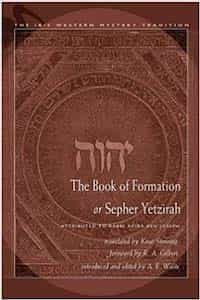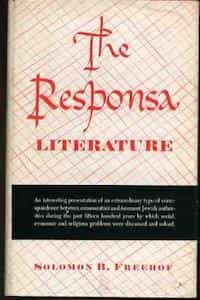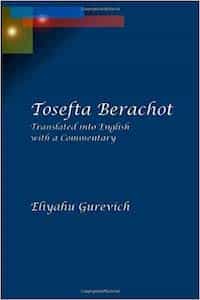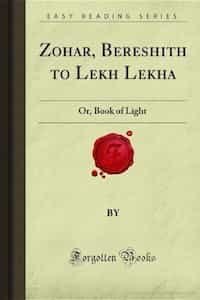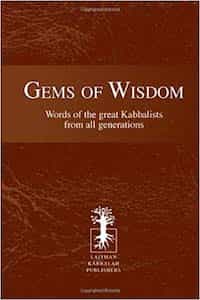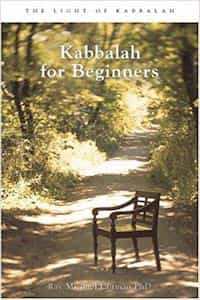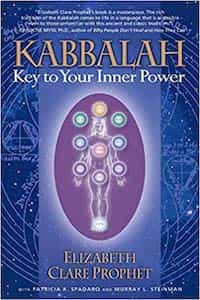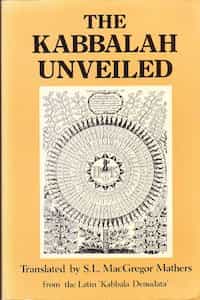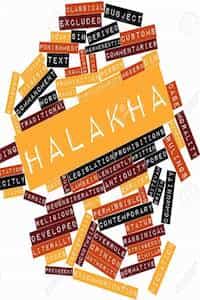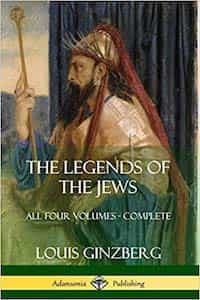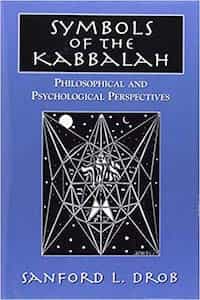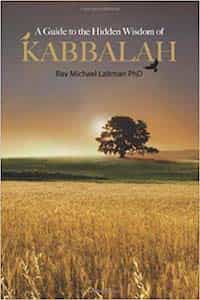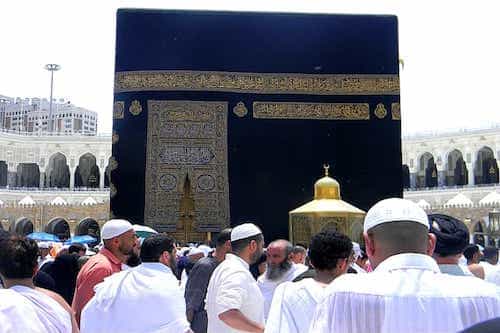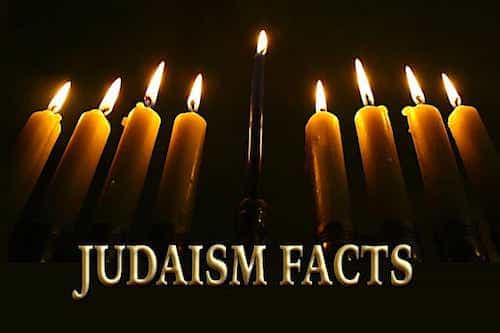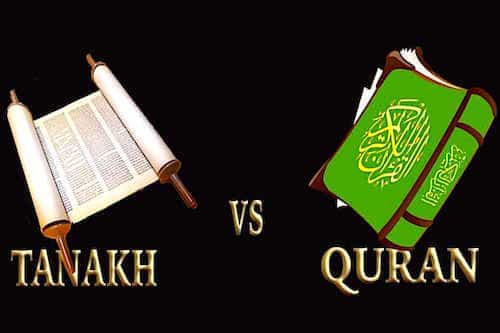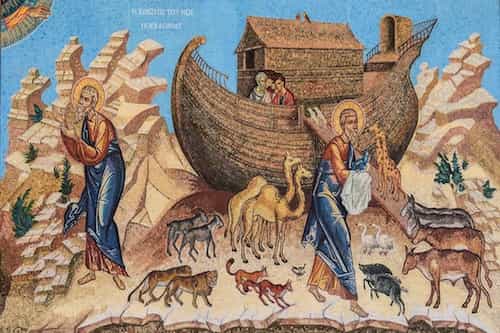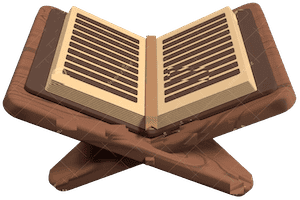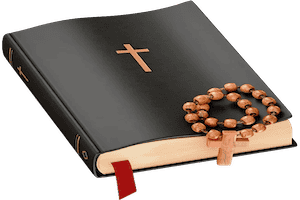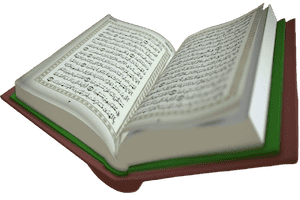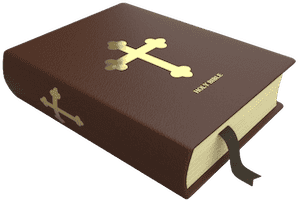IMPORTANT BOOKS OF JUDAISM

JEWISH SACRED AND RELIGIOUS TEXTS
TANAKH (MIKRA):
The Jewish sacred text is the Tanakh (Tanach, Tenach), which consists of the same books as the Christian Old Testament, although in a slightly different order and with other minor differences. Tanakh assumed its final shape between the Babylonian exile and the first century AD. They are almost 39 books same as in Christian Old Testament but numbers as 24, because it counts the 12 Minor Prophets as a single book and one book each Samuel, Kings, Chronicles, and Ezra–Nehemiah.
The original proper title for the Jewish Bible was Mikra meaning “reading” or “that which is read.” Nowadays both Tanakh and Mikra are used to refer to the Hebrew scriptures. In modern spoken Hebrew, they are interchangeable. Tanakh is divided into three major parts Torah (The Teachings), Nevi’im (The Prophets) and Ketuvim (The Writings). Tanakh is actually a word made up of the first Hebrew letter of each of these subdivisions: Torah, Nevi’im, and Ketuvim hence TaNaKh. The complete list of books of Tanakh is given below with proper groups and subgroups.
HEBREW BIBLE TANAKH BOOKS
For Details Of Each Book See Old Testament Section Of Bible Summary
TORAH
(Chumash / Pentateuch)
The famous five Books of Moses. Also called as Chamisha Chumshei Torah (חמישה חומשי תורה) meaning Five fifth-sections of the Torah.
- Genesis (Bereshit) (בְּרֵאשִׁית,)
- Exodus (Shemot)( שְׁמֹות)
- Leviticus (Vayikra) (וַיִּקְרָא)
- Numbers (Bamidbar)(בְּמִדְבַּר)
- Deuteronomy (Dvarim)(דְּבָרִים)
NEVIIM (Prophets)
Neviim Rishonim (Former Prophets)
- Joshua (Yehoshua) Yĕhôshúa‘ (יְהוֹשֻעַ)
- Judges (Shofetim) Shophtim (שֹׁפְטִים)
- Samuel 1 (Shmuel Aleph) Shmû’ēl (שְׁמוּאֵל)
- Samuel 2 (Shmuel Bet)
- Kings 1 (Melachim Aleph) M’lakhim (מְלָכִים)
- Kings 2 (Melachim Bet)
Neviim Aharonim (Latter Prophets)
- Isaiah (Yeshayah) Yĕsha‘ăyāhû (יְשַׁעְיָהוּ)
- Jeremiah (Yerimyah) Yirmyāhû (יִרְמְיָהוּ)
- Ezekiel (Yechezkel) Yĕkhezqiēl (יְחֶזְקֵאל)
Trei Asar (Twelve)
12 Small Books Of Later Prophets
- Hosea (Hoshaya) Hôshēa‘ (הוֹשֵׁעַ)
- Joel (Yoel) Yô’ēl (יוֹאֵל)
- Amos (Amos) Āmôs (עָמוֹס)
- Obadiah (Ovadyah) ‘Ōvadhyāh (עֹבַדְיָה)
- Jonah (Yonah) Yônāh (יוֹנָה)
- Mihah (Michah) Mîkhāh (מִיכָה)
- Nahum (Nachum) Nakḥûm (נַחוּם)
- Habakkuk (Chavakkuk) Khăvhakûk (חֲבַקּוּק)
- Zephaniah (Tzephanyah) Tsĕphanyāh (צְפַנְיָה)
- Haggai (Chaggai) Khaggai (חַגַּי)
- Zehariah (Zecharyah) Zkharyāh (זְכַרְיָה)
- Malaahi (Malachi) Mal’ākhî (מַלְאָכִי)
KETUVIM (Writings)
The third part of the Tanakh is Ketuvim consists of the following three subgroups
Poetic Books (Sifrei Emet)
The Five Scrolls (Hamesh Megillot)
These books are read aloud in the synagogue on particular occasions
- Song of Songs (Shir ha-Shirim) (שִׁיר הַשִּׁירִים) ) On Passovers
- Ruth (Ruth) (רוּת) On Shavuot
- Lamentations (Eikhah) (אֵיכָה) On Tisha B’Av
- Ecclesiastes (Kohelet) Qōheleth (קֹהֶלֶת) on Sukkot
- Esther (Esther) (אֶסְתֵר) On Purim
Other Historical Books
TALMUD: THE ORAL TORAH
Then comes Talmud. Orthodox Jews believe that along with with Torah other verbal instructions and explanation of Torah was also revealed to Moses and preserved orally until it was written down. Thus the first 5 books of Tanakh are called as the “Written Torah,” and The Talmud is known as the “Oral Torah.” Talmud is from the Hebrew word talmūdh which literally mean instruction. Talmud is a collection of writings of Rabbis that interpret, explain the Torah scriptures. The Talmud was written between the 2nd and 5th century AD. There are two Talmuds: the Jerusalem Talmud (Compiled around 500AD) and the Babylonian Talmud (Compiled around 600AD). However, the Babylonian Talmud had established supremacy, and today it is the one that is meant by “the Talmud.”
Talmud made up of two parts: the Mishnah and the Gemara/Gemorah.
MISHNAH & GEMARA:
The Mishnah is a rabbinic commentary on the Torah, and the Gemara is a commentary on the Mishnah. The Talmud thus makeup of two parts: the Mishnah – the core text; and the Gemara – analysis, and commentary. The rabbis of the Mishnah are known as Tannaim, and the rabbis of the Gemara are referred to as Amoraim. Mishnah means study by repetition from the Medieval Hebrew word mishnāh literally, teaching by oral repetition, a teaching that is repeated or “to study and review” and the word Gemara/Gemorah is actually from the Aramaic verb gamar meaning “study.” After the Mishnah was published by Judah the Prince (Judah ha-Nasi or Judah I) around 200AD, the work was studied and discussed by various rabbis of Babbel and Israel. Their discussions were penned down in a set of books that became the Gemara, which when coupled with the Mishnah made up the Talmud.
Mishnah is divided into “six orders,” or shisha sedarim in Hebrew, each of which addresses a different aspect of Jewish life. Each order containing 7–12 tractates 63 in total. Each tractate is divided further into chapters, which in turn contain various numbers of teachings:
1-Zera’im (“Seeds”) – blessings, tithes, temple offerings, agriculture (11 tractates)
2-Mo’ed (“Set Feasts”) – Sabbath laws and holiday observances (12 tractates)
3-Nashim (“Women”) – marriage and divorce (7 tractates)
4-Nezikin (“Damages”) – idolatry, matters of civil law, and the Pirke Avot (10 tractates)
5-Kodashim (“Holy Things”) – sacrificial system in the Temple, dietary laws (11 tractates)
6-Tohorot (“Purities”) – ritual purity and impurity (12 tractates)
Click the Book Image and Read The Book In Judaism Section Of The BookShelf
JEWISH SUPPLEMENTARY RELIGIOUS & LEGAL TEXT
TOSEFTA:
Tosefta means “supplement or addition. Tosefta serves as a supplement to the Mishnah and closely corresponds to the Mishnah, with the same divisions for orders “Sedarim” and tractates “masekhot.” It is mainly written in Hebrew, with some Aramaic. Tosefta offers additional aggadic and midrashic material, and it sometimes contradicts the Mishnah in the ruling of Jewish law, or in attributing in whose name a law was stated.
MIDRASH:
Alongside the Mishna and the Talmud grew a collection of texts dedicated to the explanation or interpretation of the Bible, known as the Midrash that contains interpretive traditions of the Sages from the times of the Tannaim. The word Midrash is derived from the root of the Hebrew verb darash (דָּרַשׁ), which means seek, resort to, seek with care, enquire. The Hebrew word for “sermon” is “d’rash” and Midrash actually is rabbinical material derived primarily from their sermons and compiled between 400 to 600AD but the midrashic form continues to the present day.
There are two types of Midrashi texts dedicated to both Halakhic (legal) and Aggadic (Preaching/explanatory) exposition. Halakhic Midrash was the ancient rabbinic method of Torah study that elucidated upon the traditionally received 613 Mitzvot, the commandments. Midrashim that seek to explain the non-legal portions of the Hebrew Bible are sometimes referred to as aggadah/ Haggadah. Midrash is actually best known for the Haggadah. With its parables, legends and creative insights, the Midrash tends to be more convenient to the average person than the Torah and Talmud.
RESPONSA:
Another collection of Jewish writings is the Responsa, a huge selection almost thousands of volumes of answers to specific questions on Jewish law. They are a Jewish “common law” originating in laypersons queries to rabbis. If the Talmud is a law book, the Responsa is case law. Responsa, a Latin word plural of responsum means “answers.” Responsa compilation started in the Middle Ages and continue to the present day. Recent responsa have dealt with topics even as the kashering of dishwashers and cosmetic surgery etc
HALACHAH & HALAKHIC LITERATURE:
Halakhah refers to Jewish law and guides the day-to-day life of a Jew. The word halakha is derived from the Hebrew root halakh “to walk” or “to go or “the way to walk”. It refers to the collection of rabbinic legal texts and to the overall system of religious law. As Jews clergy continued to improve and revisit the rulings of the Talmud, the discussions grew so vast, detailed, and complicated that the average believer could not access practical guidance for day-to-day living. To remedy this, Rabbi Moses Maimonides (known as Rambam in the 12th century compiled what he called Mishneh Torah “Torah Review.” It is a 14-volume encyclopedic repository of Jewish law. The Mishneh Torah a Hebrew word מִשְׁנֵה תּוֹרָה which means Repetition of the Torah” is also subtitled Sefer Yad ha-Hazaka (ספר יד החזקה “Book of the Strong Hand.”
But other than Mishneh Torah there are other Halachic collections like:
Tur authored by Rabbi Jacob ben Asher in14th Century.
Shulchan Aruch written by Rabbi Joseph Karo in16th Century.
Mapah: Notes & Commentaries by Rabbi Moshe Isserles in16th Century.
SIDDUR (Prayerbook):
Siddur is a Jewish prayer book, containing a set order of daily prayers. The word siddur comes from the Hebrew root ס־ד־ר meaning “order”. The Jewish prayers were comprised by the Anshe Knesset Hagedolah, “Men of the Great Assembly” also known as the Great Synagogue, a panel of 120 prophets, scribes, and saints holding the ultimate religious authority at the start of the second Temple Era. In addition to the Amidah (“Silent Prayer”) and other compositions, the Jewish prayers include sections of Scripture, notably the Shema and a selection of Psalms.
Click the Book Image and Read The Book In Judaism Section Of The BookShelf
JEWISH MYSTICISM & RELATED TEXT
KABBALAH:
Kabbalah is Jewish mysticism with esoteric and hidden obscure matters extending beyond the legally oriented literature. The collective name of this mystic branch of sacred texts is kabbala. Kabbalah is from a Hebrew word lekabel קַבָּלָה that means “reception, tradition” or “correspondence” and means to receive, signifying knowledge handed down by tradition. Kabbalists “seek God in all things, probe His mysteries and explore relations between divine and human life, the relationship between God “The Infinite” and the mortal and finite. Important kabbalistic themes include angelology and demonology, the traits and secret names of God and eschatology (the study of the End of Days).
As per traditional Kabbalist, another name for Kabbalah is “Torat ha-Sod.” Commonly, that is mistranslated as “the secret teaching”. Which as per them, the proper translation, however, contains the opposite meaning: “the teaching of the secret.
A traditional Kabbalist in Judaism is called a Mequbbāl. Traditional Kabbalists believe its earliest origins pre-date world faiths and religions, forming the ancient blueprint for Creation’s philosophies, religions, sciences, arts, and political systems. But historically, Kabbalah emerged after earlier forms of Jewish mysticism, in 12th- to 13th-century Southern France and Spain. Isaac Luria is considered the father of contemporary Kabbalah; Lurianic Kabbalah was popularised in the form of Hasidic Judaism from the 18th century onwards.
ZOHAR:
The Sefer ha-Zohar (Book of Splendor) is the central text of Kabbalah, the mystical branch of Judaism. These are set of books including explanation on the mystical aspects of the Torah and scriptural interpretations as well as material on mysticism. It contains material on the nature of God, the nature of souls, the origin and structure of the universe. One of the sages of the Mishnah, Rabbi Shimon ben Yochai, was also a teacher of the Kabbalah. Many of his teachings, especially those from right before he passed away, were collected into the Zohar.
Zohar is a Hebrew word זֹהַר, that means “Splendor” or “Radiance”. The word “Zohar” appears in the Bible in the vision of Ezekiel 8:2 and is usually translated as meaning radiance or light. It appears again in Daniel 12:3, “Those who are wise will shine like the brightness of the heavens.”
TANYA:
The Tanya is the earliest, fundamental and very basic work on Chassidut Or Hasidut, Hasidic philosophy or Hasidism (a practical application of Kabbalah) by Rabbi Shneur Zalman of Liadi, the founder of Chabad Hasidism, first published in 1797. Its formal title is Likkutei Amarim a Hebrew word that means “collection of statements,” but more commonly known by its opening word, Tanya, which means “it was taught in a beraita” (Beraita: teachings outside of the six orders of Mishnah). It is composed of five sections that define Hasidic mystical psychology and theology as a handbook and a guide for life; offering advice and answers for almost every spiritual problem which a person might encounter in his life in the world.
Share this article
Written by : TheLastDialogue
A Synthesis of Religions. O Mankind I am presenting you the case of God,, يا أيّها الجنس البشري؛أنا أقدم لكم "قضية الله, ¡Oh humanidad! Les estoy presentando el caso de Dios, O люди, я представляю вам дело Божие, ای بشر من سخنان خدا را به تو عرضه می کنم., Ey insanlık, ben sana Tanrı'nın davasını sunuyorum, 哦人类,我向你展示上帝的情形, اے بنی نوع انسان میں آپ کے سامنے خدا کا مقدمہ رکھتا ہوں
"The Last Dialogue" is an individual's effort by the Will of his Lord to make this world a better living place, to raise the human intellect for the fulfillment of God’s Will and to invoke God’s Mercy on humans.
The Last Dialogue (thelastdialogue.org) stands as a testament to human understanding, held in high esteem and frequently cited across prominent platforms such as Wikipedia, Reddit, and Quora. Its profound significance is evidenced by the multitude of citations and mentions it garners from scholars spanning various faith traditions, including Judaism, Christianity, and Islam.
It distinguishes itself as the sole religious platform adhering to the noble tradition of not soliciting charity, zakat, or donations – a practice aligned with the true Sunnah of Prophets.
قُلْ مَا أَسْأَلُكُمْ عَلَيْهِ مِنْ أَجْرٍ وَمَا أَنَا مِنَ الْمُتَكَلِّفِينَ
Say, "I do not ask you for this any payment, and I am not of the pretentious.


